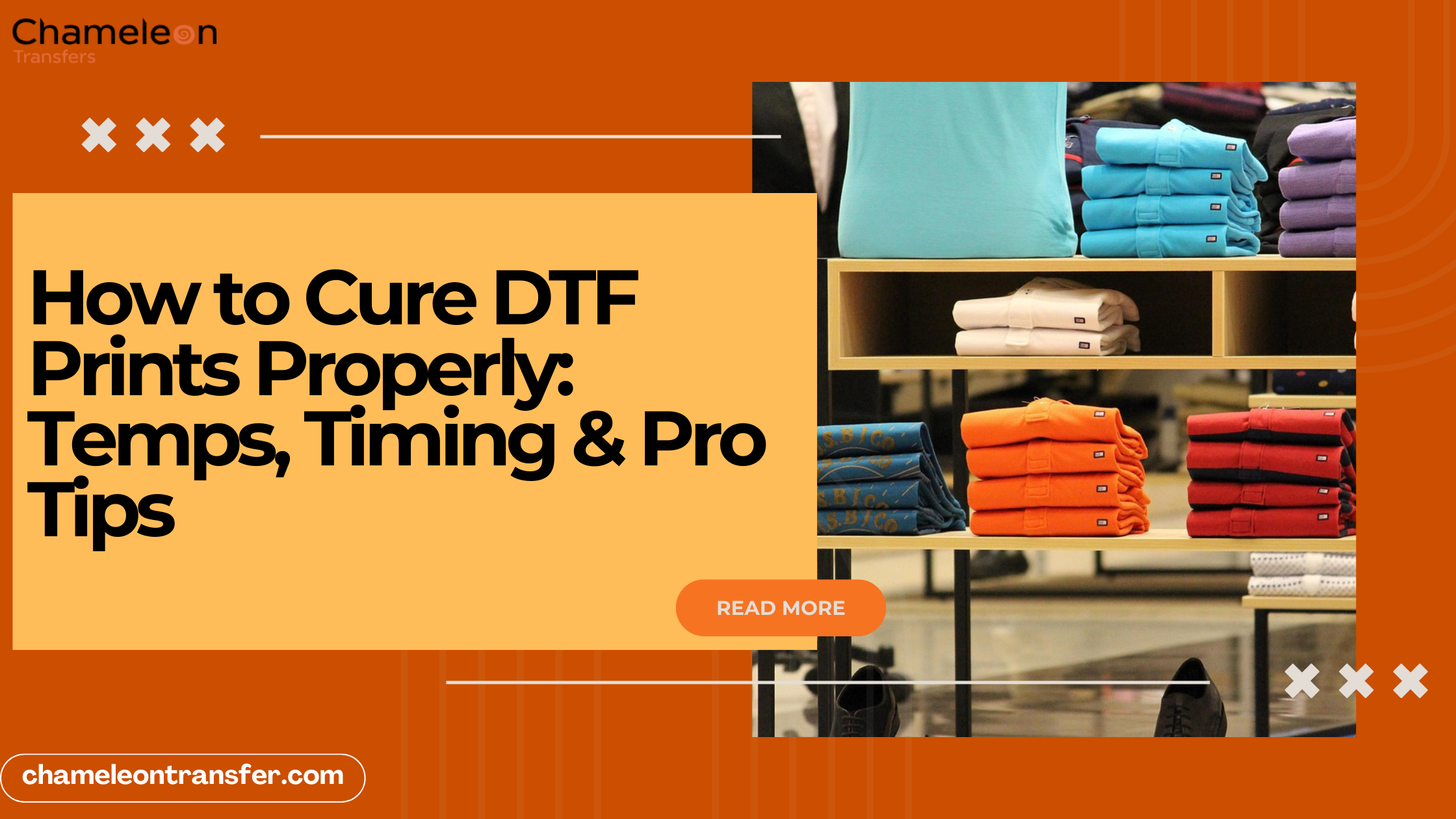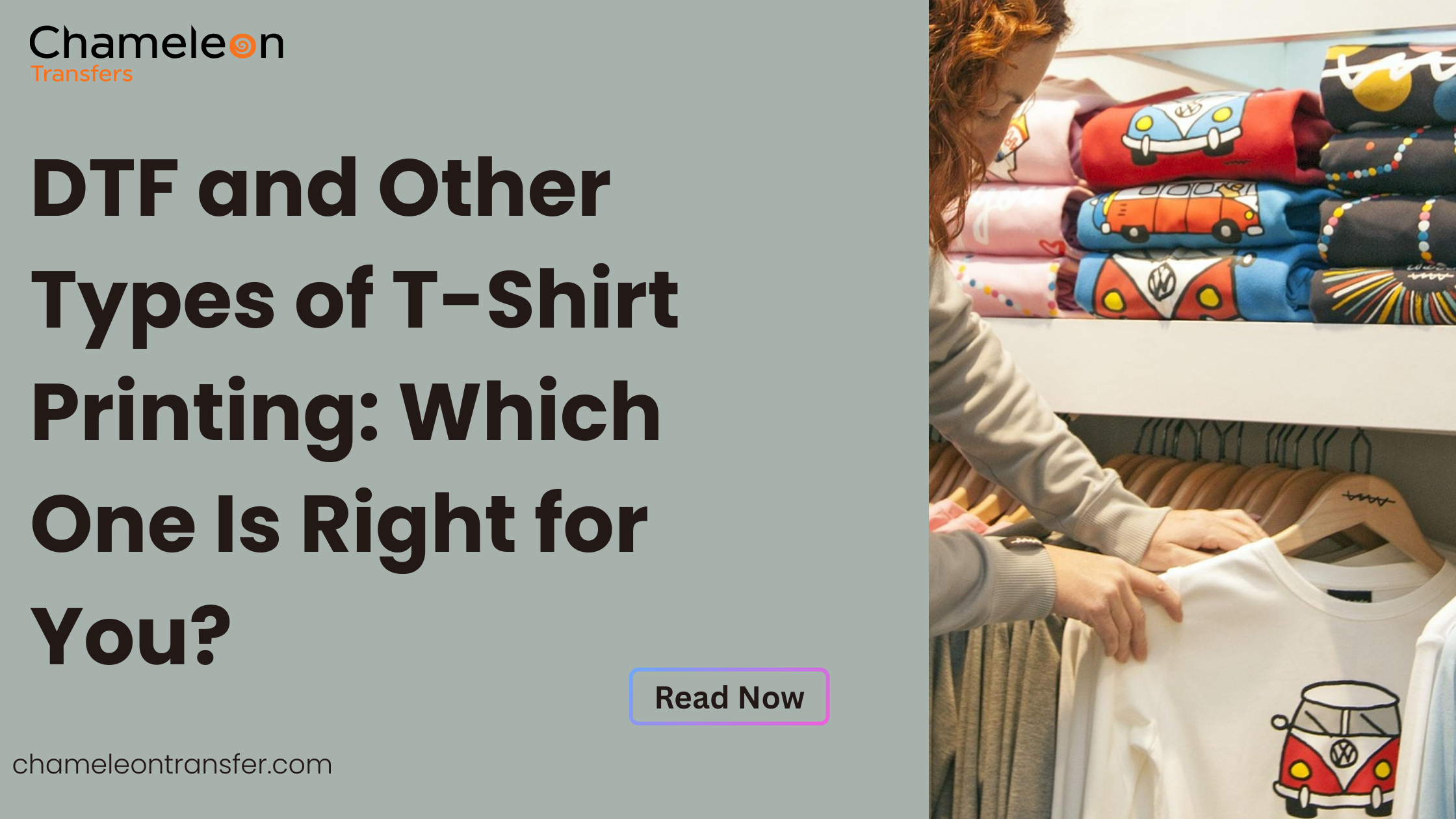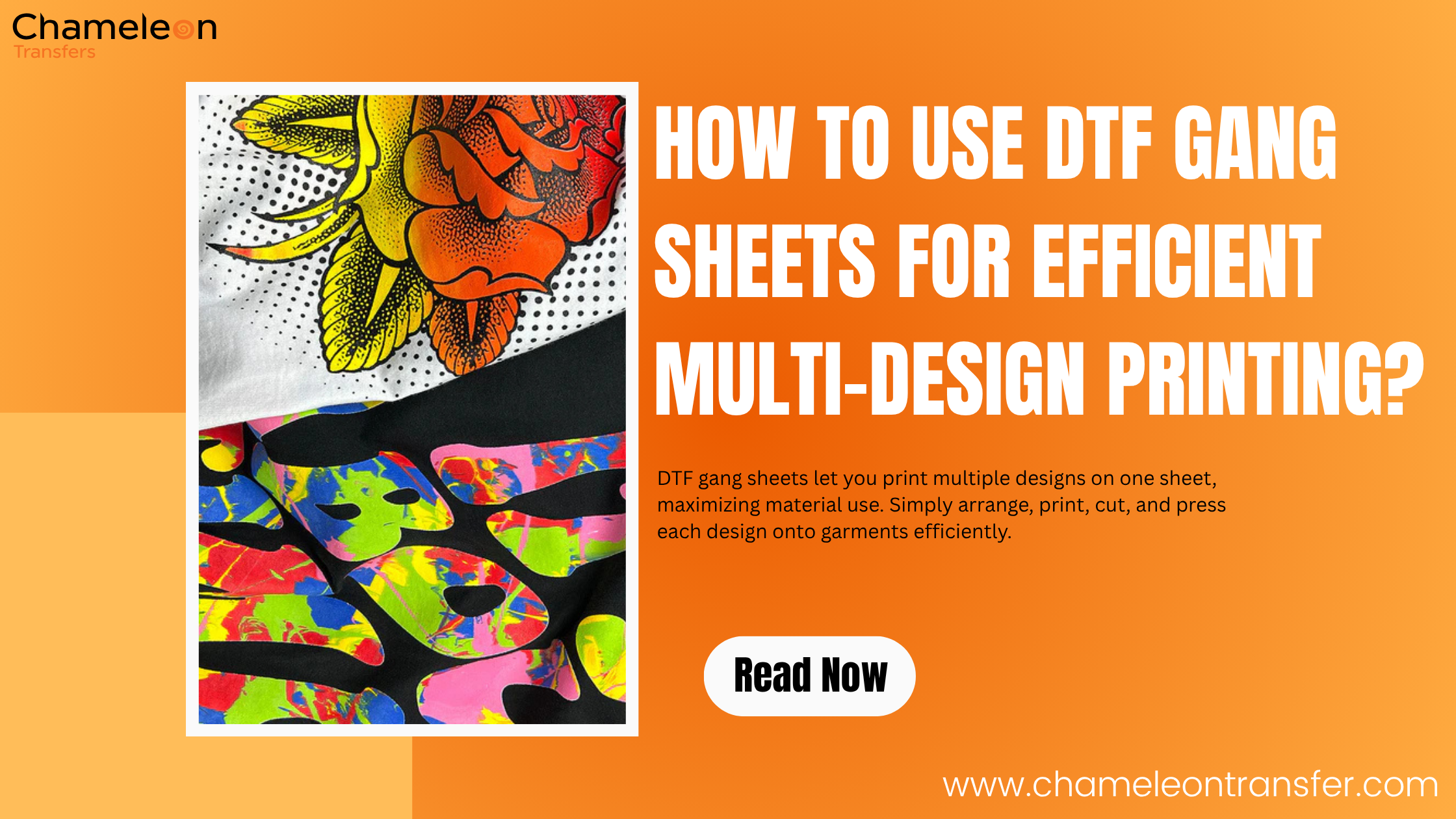Choosing the right printing method for your custom apparel or promotional items can be a daunting task. Among the most popular techniques are DTF (Direct to Film) printing and sublimation. Each method has its unique advantages and disadvantages, making it essential to understand their differences and determine which one best suit your needs. In this article, we will explore DTF printing and sublimation, compare their pros and cons, and help you decide which method is best for you.
What is DTF Printing?
Direct to Film (DTF) printing is a relatively new method in the world of garment decoration. This process involves printing your design onto a special film, then transferring it to the garment using heat and pressure. The DTF transfer process typically includes the following steps:
- Design Creation: Create or choose your design using graphic design software.
- Printing: Print the design onto the DTF film using a specialized DTF printer and ink.
- Powder Application: Apply a hot-melt adhesive powder to the printed film.
- Curing: Cure the powder to the film using a heat press or curing oven.
- Transfer:
- Use a heat press to transfer the design from the film to the garment.
Pros of DTF Printing:
- Versatility: Can be used on a wide range of materials, including cotton and dark-colored fabrics.
- Durability: Produces long-lasting prints that are resistant to washing and wear.
- Cost-Effective: Lower initial investment compared to sublimation, as it uses standard inkjet printers with special inks.
Cons of DTF Printing:
- Feel: The transferred design can have a slightly rubbery or plastic feel compared to sublimation.
- Complexity: The process involves multiple steps, including printing, powder application, and heat pressing.
What is Sublimation?
Sublimation printing is a process that uses heat to transfer dye onto materials such as fabric, metal, or plastic. This method is particularly popular for producing high-quality, vibrant prints on polyester fabrics and coated items. The sublimation process involves these steps:
- Design Creation: Create or choose your design using graphic design software.
- Printing: Print the design onto sublimation paper using sublimation ink.
- Transfer:
- Use a heat press to transfer the design from the paper to the substrate (e.g., polyester fabric or a coated item
).
Pros of Sublimation Printing:
- Vibrant Colors: Sublimation produces bright, vivid colors that are long-lasting.
- Durability: The dye becomes part of the fabric, making it resistant to fading and cracking.
- Soft Feel:
- The design is embedded into the fabric, so there is no additional layer or texture.
Cons of Sublimation Printing:
- Material Limitations: Works best on white or light-colored polyester materials. It’s not suitable for cotton.
- Initial Cost: Requires specialized equipment, which can be expensive.
Key Differences Between DTF Printing and Sublimation
When deciding between sublimation and DTF printing, it’s important to consider the specific requirements of your project, including the type of fabric, desired print quality, and budget.
1. Material Compatibility:
- DTF Printing: DTF can be used on a wide range of fabrics, including cotton, polyester, blends, and even dark fabrics.
- Sublimation: Sublimation works best on white or light-colored polyester fabrics and specially coated items. It does not work on cotton or dark-colored fabrics.
2. Print Quality and Durability
- DTF Printing: DTF prints are known for their vibrant colors and excellent detail. They are also highly durable, withstanding multiple washes without significant fading or cracking.
- Sublimation:
- Sublimation prints offer bright and vivid colors with excellent durability. The ink becomes part of the fabric, resulting in a print that won't crack or peel over time.
3. Feel on the Fabric
- DTF Printing: DTF prints have a slightly raised feel due to the adhesive powder, but they remain flexible and soft to the touch.
- Sublimation: Sublimation prints have no feel as the dye becomes part of the fabric, leaving the material's texture unchanged.
4. Ease of Use
- DTF Printing: Requires specific equipment like a DTF printer and powder applicator. The process has more steps compared to sublimation.
- Sublimation: Simpler process with fewer steps, requiring a sublimation printer and heat press.
Choosing between DTF and sublimation printing ultimately depends on your specific needs and preferences. If you're looking for vibrant, durable prints on a wide variety of fabrics, DTF printing might be the best option for you. However, if you require the highest quality, softest feel, and prefer polyester materials, sublimation printing is the way to go.
Both methods have their own set of advantages, so consider what aspects are most important for your projects. Whether it’s the versatility of DTF or the vibrancy and durability of sublimation, each printing method offers unique benefits that can help you achieve stunning, custom designs.
FAQs
Does DTF last as long as sublimation?
Yes, DTF prints are durable and resistant to washing and wear, but sublimation prints are known for their exceptional longevity because the dye becomes part of the fabric.
Can I use my sublimation printer for DTF?
No, sublimation printers use different inks and technology. DTF printing requires specific inks and a special film for the process.
Is DTF better than heat transfer?
DTF is often considered better than traditional heat transfers due to its durability and ability to print on a wider range of fabrics, including dark and cotton fabrics.
What does DTF feel like on a shirt?
DTF prints can have a slightly rubbery or plastic feel, whereas sublimation prints feel completely soft as they become part of the fabric.








